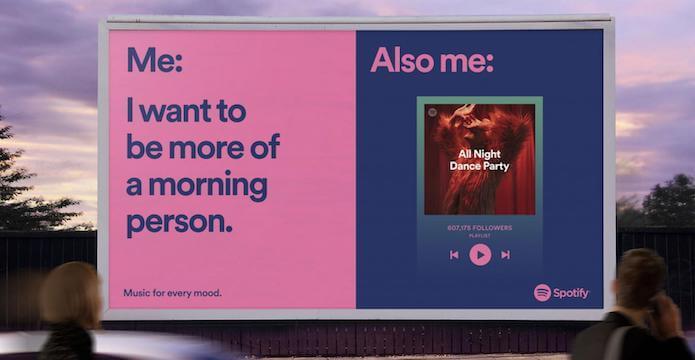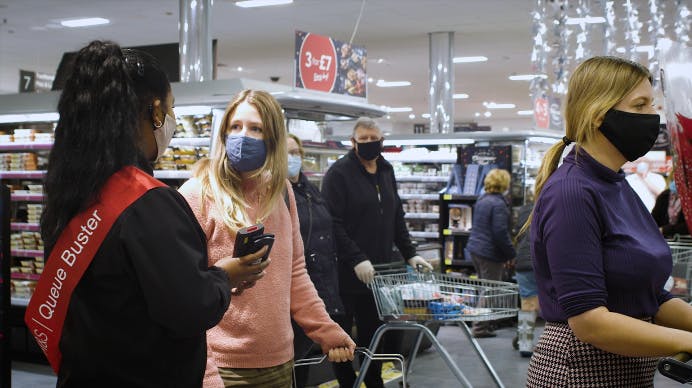
Given this lack of diversity in communication channels, it’s therefore unsurprising that provided with the chance to make one change in the way their company communicates critical information, ‘expand the number of channels’ was the top response (30%) from respondents. With the second most important option being able to ‘instantly update our site and mobile app with new information’.
In an effort to help businesses that have been impacted by COVID get back quickly, we’ve put together a checklist to keep customers informed, bring them back to your locations when the time is right — and drive more revenue so that you can emerge from the pandemic stronger than ever.
At the beginning of 2020, no business could have been prepared for the challenges and uncertainty that the coronavirus pandemic has brought. The idea of closing down your business for a few days would have been unfathomable to most, never mind for several months at a time. Fast forward to June 2021 and that is the reality that many businesses face today as they look to navigate the social distancing restrictions that will allow them to reopen their business for what they hope will be the last time.
But reopening successfully isn’t just about flipping the closed sign to open. With all the changes that businesses need to make to get their doors back open, ensuring that these changes are communicated effectively with their customers should be the number one priority.
While you would expect a business’s website to be a clear priority, this is a red flag in how marketers are prioritising communication with customers, especially when you consider the fact that search engines are the go-to research channel for global internet users.
But getting this right is no easy feat. Recent research conducted by Econsultancy on behalf of Yext, shows that one-in-ten UK marketers admit to a lack of confidence in being able to communicate accurate information quickly to customers online, and that just under half (45%) admitted that the pandemic has had a negative impact on their organisation’s ability to communicate.
This lack of confidence can be seen in the fact that UK businesses are prioritising their website as the sole point of authority when communicating with customers. Our research showed that when asked to name the top two most important communication channels used by their company today, only half selected ‘social’, and as few as 12% selected ‘search engine listings’.
What’s clear from this research is that businesses are struggling to understand what to communicate and where. With a huge number of channels to engage with and information to share, it can be difficult knowing where to begin. But for businesses looking to tackle this issue, there a few places where they can start:
Whether it’s COVID safe social distancing practices, designated entrances and exits, or even changes to opening times, customers need to be made aware. And given most customer journeys start online, this means making sure your digital tools are doing all the heavy lifting and communicating this information effectively. After all, if people can’t find accurate information about your business online, it’s a missed opportunity for growth.
- Indicate which locations are open: With so many shopfronts closing (either temporarily or for good), people are checking online before hitting the street.
- Update opening hours across your online platforms, not just your website: Open and close times have varied sometimes day-to-day, so be sure the information is updated in real-time wherever people might search.
- Communicate COVID safety protocols: Vaccines are happening, but different people have different expectations. Remember to communicate the dos and don’ts of entering your business.
- Start hiring: Hiring great people can take weeks, sometimes months. Even if you aren’t ready to reopen today, make sure you have a team ready to go when it happens.
The past year has been met with a lot of uncertainty and, while there’s still some volatility today, businesses have a big opportunity in front of them to get back to business. Brands need to start preparing for an end to lockdowns and closures and engage with their customers – otherwise, they may find themselves falling behind the competition.
Because of this, organisations are likely to be held back from being able to meet customer’s expectations across key digital channels, reducing their likelihood to return.






